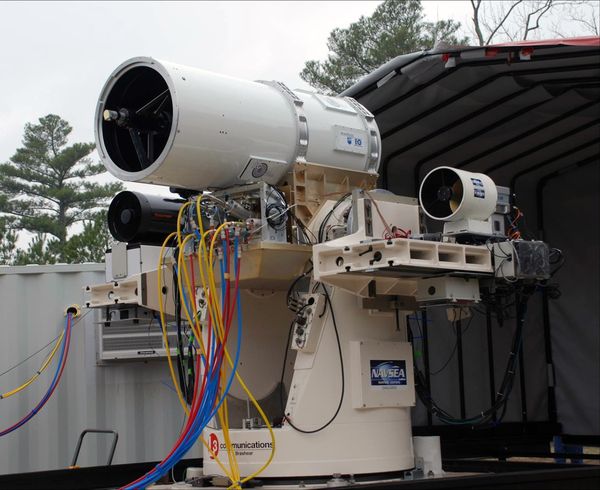Directed Energy Weapons

Directed Energy Weapons (DEWs) have long been a staple of science fiction, appearing in everything from Star Wars to Star Trek. However, in recent years, these once-fictional weapons have become a reality, with several countries, including the United States, investing heavily in their development.
DEWs use various forms of energy, such as laser, microwave, or particle beams, to damage or disable targets. Unlike traditional kinetic weapons, which rely on the kinetic energy of a projectile, DEWs deliver their destructive force through the transfer of energy. This makes them potentially more precise, efficient, and cost-effective than traditional weapons.
Types of Directed Energy Weapons
There are several types of DEWs, each with its own unique capabilities and limitations. The most common types of DEWs include:
-
Laser Weapons: Laser weapons use a high-powered beam of light to damage or destroy targets. These weapons can be used for a variety of purposes, including blinding sensors, damaging electronics, or even destroying enemy missiles.
-
Microwave Weapons: Microwave weapons use high-frequency electromagnetic radiation to generate heat within a target, causing damage or disruption. These weapons can be used for a variety of purposes, including disabling enemy vehicles or disrupting communication systems.
-
Particle Beam Weapons: Particle beam weapons use charged particles, such as electrons or ions, to damage or destroy targets. These weapons can be used for a variety of purposes, including penetrating armor or disabling electronics.
Advantages of Directed Energy Weapons
DEWs offer several advantages over traditional weapons, including:
-
Increased Precision: DEWs can be precisely targeted, allowing for more accurate and effective use of force.
-
Reduced Collateral Damage: Because DEWs deliver their destructive force through the transfer of energy, they are less likely to cause collateral damage than traditional weapons.
-
Reduced Logistics Requirements: DEWs require fewer logistics requirements than traditional weapons, as they do not require ammunition or other supplies.
-
Cost-Effective: DEWs can be more cost-effective than traditional weapons, as they do not require the ongoing purchase and transportation of ammunition.
-
Increased Range: DEWs can have significantly longer ranges than traditional weapons, allowing for greater flexibility in their use.
Disadvantages of Directed Energy Weapons
DEWs also have several disadvantages, including:
-
Power Requirements: DEWs require a significant amount of power to operate, which can make them less practical for use in certain environments.
-
Limited Effectiveness in Adverse Weather: DEWs can be less effective in adverse weather conditions, such as rain or fog, which can scatter or absorb the energy beam.
-
Vulnerability to Countermeasures: DEWs can be vulnerable to countermeasures, such as reflective surfaces or jamming technologies.
-
Development Costs: DEWs can be expensive to develop and deploy, which can limit their availability and adoption.
Applications of Directed Energy Weapons
DEWs have a wide range of potential applications, including:
-
Defense: DEWs can be used for defense purposes, such as shooting down enemy missiles or disabling enemy vehicles.
-
Law Enforcement: DEWs can be used for law enforcement purposes, such as disabling vehicles or non-lethal crowd control.
-
Space: DEWs can be used for space-based applications, such as clearing space debris or disabling enemy satellites.
-
Medical: DEWs can be used for medical purposes, such as destroying cancerous tumors or sterilizing medical equipment.
Current State of Directed Energy Weapons
The United States has been investing heavily in the development of DEWs in recent years, with the goal of deploying them in a variety of military and non-military applications. The U.S. Army, in particular, has been at the forefront of DEW development, with several ongoing programs aimed at developing new laser and microwave weapons.
